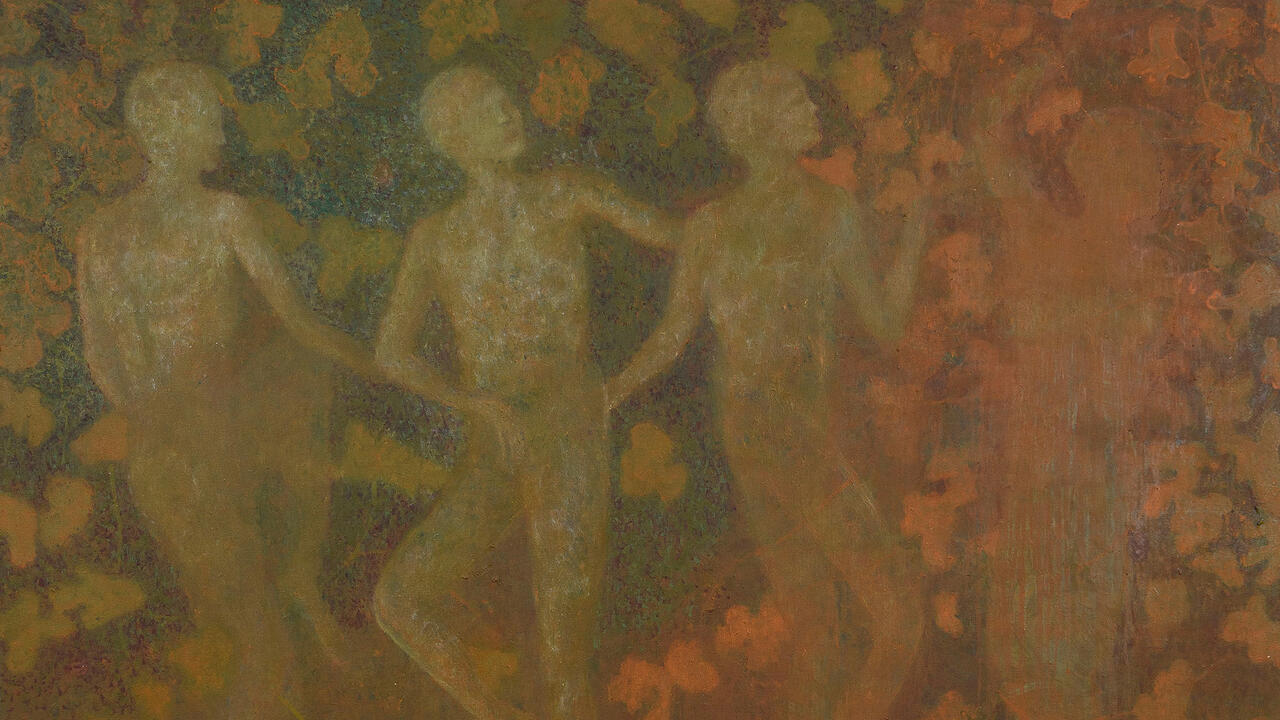Guido Guidi‘s Thoughtful Archive of the Italian Landscape
At ICCD, Rome, Italy, the photographer‘s photographs focus on the marginal, the fragmented and the minimal
At ICCD, Rome, Italy, the photographer‘s photographs focus on the marginal, the fragmented and the minimal

The postcard-like surroundings of Guido Guidi’s first solo show in Rome – at the Central Institute for Cataloguing and Documentation (ICCD), part of a 17th-century complex in the medieval Trastevere quarter – provided a stark contrast to his celebrated landscape photographs.
Trained as a painter and a draftsman, Guidi took up photography in the 1960s, concentrating on snapshots. ‘Guido Guidi: Cinque Paesaggi (Five Landscapes) 1983–1993’ focuses on a turning point in his career, when he switched to using a large-format camera. According to curator Antonello Frongia, his approach reflected a major shift in Italian photography: many of Guidi’s contemporaries – such as Luigi Ghirri, Mario Cresci, Gabriele Basilico, Olivo Barbieri – were inspired by the work of Walker Evans and American photography from the 1960s and ’70s.
Guidi’s thoughtful, descriptive approach – applied to vernacular architecture, industrial sites and new forms of urbanization – generates a rich visual archive of Italy’s natural and artificial landscapes of the past half century. This show included 138 works, most of which have never been exhibited before, produced over a decade in five different locations. Moving through the five galleries, viewers followed the photographer’s meanderings, from the surroundings of his hometown, Cesena, passing through the Via Romea, an ancient consular road, to the Veneto region. Here, where Guidi studied architecture and has been teaching photography since 2001, the focus is on the industrial park in Porto Marghera (outside Venice), the suburban sprawl of the Po Valley and Mount Grappa, the backdrop to some of the bloodiest battles in World War I.

Guidi’s photographs focus on the marginal, the fragmented and the minimal elements of landscape. His unsentimental method recalls that of a topographer, who surveys the land without considering aesthetic hierarchies or indulging in the grandeur of nature. There’s no artistic embellishment in the representation of what’s in front of the camera; in Guidi’s pictures, the frequent vignetting (darkened rounded corners) hints at both mechanical reproduction and anti-naturalistic representation, focusing attention on the centre of the image, as for instance in Campo Solagna, Monte Grappa (1988) and Viale Italia 334, Tagliata, Cervia (1984).
Yet Guidi himself – whose style has been widely imitated – is always present in his photographs. As he strives to distance himself from the landscape, he also wants to become a part of it. For example, in Vicino a Cittadella (Near Cittadella, 1984) four children play in a tiny street by a brick farmhouse that abuts a church. In the lower part of the image, the shadow of the photographer, à la Lee Friedlander, makes his presence clear.
Guidi is interested in mapping the subtle changes of familiar places, while encompassing the traces of humanity – be it an isolated house in the plains or the grass-covered hollows from World War I bombings, as in the triptych of Malga Paradiso, Monte Grappa (1987), or in the pale reflections of manmade infrastructures that dapple the polluted industrial coastline of Porto Marghera.
Thus, the photographs – most of which are colour – reveal the cultural and historical layers of places. Vicino a Treviso (Near Treviso, 1985–6) reveals the rustic forms of declining religious devotion: a dirt patch becomes the background for a moss-covered sculpture of a kneeling child in prayer beside a paved road. The series dedicated to Porto Marghera, with its rusty silos (‘Via delle Industrie, Porto Marghera’, 1989) and debris piles by a crumbling road (‘Via Galileo Ferraris, Porto Marghera’, 1989), touch on the site’s ‘glorious’ past as a powerful industrial centre.
Guidi’s questioning of conventional ways of looking at a landscape is a thread throughout the exhibition. The show is an important step in the ICCD’s broader commitment to fostering discourse around the viability of contemporary landscape photography: all of the photographs are now part of the institution’s archive. Looking at these pictures in 2013, one might feel a sense of melancholia for a lost or rapidly changing landscape. Since his reputation has grown, Guidi has been embraced by many, although some still find his style alienating. In the guestbook in Rome, beside much praise, one visitor wrote: ‘Non ci ho proprio capito un bel nulla!’ (I didn’t understand anything at all!).






















